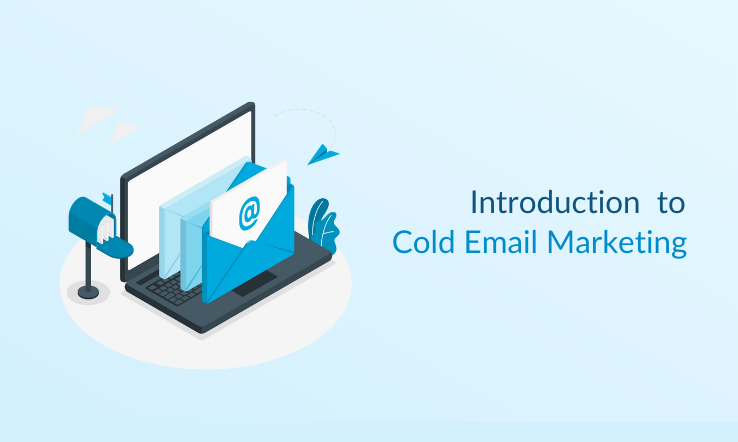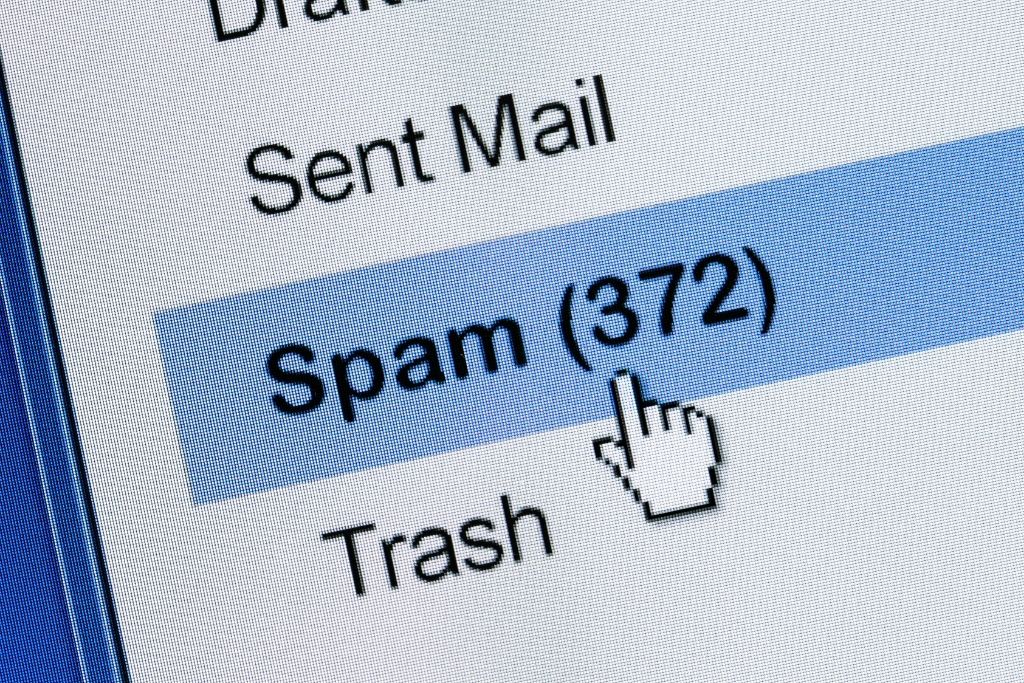
Before we get into Cold Email Marketing, let’s define first email marketing.
Email marketing is the act of sending a commercial message typically to a group of people using email.
There are two types of email marketing, cold and opt-in.
Cold email marketing is a way of sending out an email to a group of people who do not know who you are. Examples of cold emails are sales emails or lead generation, brand awareness, etc.
While opt-in email marketing is also known as permission-based email marketing is a method of sending out an email to people who have agreed to receive that email. An example of this is newsletters or a company that has clients to reach out with new product updates.
Email Marketing Jargons and Terminologies
- Deliverability – represents your sent emails being delivered to your recipient’s inbox as intended.
- Inbox placement – a rate based on deliverability and used to determine the percentage of the emails sent that reached the recipients’ inbox.

Different Kinds of Cold Email
In terms of volume, there are different kinds of cold emails. Bulk email marketing, normal cold email marketing, and email automation or drip email campaign.
Bulk Cold Email Marketing
For bulk cold email marketing – we are talking about thousands of emails being sent per day.
Its advantage is having a wide audience or reach with your emails and if you think of it in sales, the more people you reach out to, the more chances of you getting a sale. However, since you’re dealing with very large sends, the deliverability and inbox placement of these emails will be affected.
Many of these efforts end up in spam, and to know why you must first understand how bulk email marketing platforms are able to send out massive amounts of emails. They can send almost unlimited volumes of emails because they have their own mail servers to send from. This is not possible with your typical Gmail or yahoo mail email.
So, what affects deliverability and inbox placement?
There is a lot like the content of the email, what time it was sent out, spam trigger words, etc. but the main reason is the reputation of those mail servers, basically, where the email was sent from. Since they are using their own mail servers, the reputation of those mail servers is normally neutral, and your recipients ESPs can see that reputation. If you have a list of 1000 Gmail emails and you send out to all 1000 emails in 30 mins. Gmail knows you sent that kind of volume which does not look “organic”. Gmail also knows the reputation of the mail server that was used to send from. Put all these factors together, Gmail will then decide where to place your email.
Need help with your cold email campaigns? MailClickConvert is a powerful platform that allows businesses to send emails to a purchased cold contact list. MailClickConvert boasts its capability of converting cold contacts into real sales leads.
Normal Cold Email Marketing
The pros of normal cold email marketing include emails that are more likely to land in your recipient’s inbox. For example, a freelance graphic designer reaches out to 5 companies via email asking HR if there’s an opportunity for some freelance graphic design work. Most likely, an email will be placed in the inbox since it was organically sent out. On the other hand, it’s a bit tedious to do. Imagine, reaching out to 50 different companies and needing to manually send out to each one of them, 1 by 1. It does involve a lot of time.

Cold Email Automation or Drip Email Campaigns
Now the third variation is cold email automation or drip email campaigns – these platforms allow you to send cold automated emails typically send from your actual email address and do not have their own mail servers to send from. That’s why, it is limited in terms of volume, and cannot send out more than what is allowed by your email but can automate the entire follow-up process. For example, you set up an email campaign to send out today then 3 days later, if your recipients do not open, the system sends a follow-up email. The pros of this include that because platforms use actual email addresses to send from, inbox placement and deliverability will be great, and the full follow-up process can be automated. However, it has the disadvantage of being bounded to daily email sending limits.
Want to know more about Cold Email Automation or Drip Email Campaigns? Automailer is an email automation software that’s super easy to use and designed to help you make more sales. You’ll be able to send personal emails, track your results, open rates, reply rates, and more all in one dashboard.
Is Cold Email Marketing Legal?
There are a lot of misconceptions out there regarding if cold email marketing is legal or not. To set the record straight, it is perfectly legal to do cold email marketing provided you stick to the rules set out by applicable regulations. However, you need to follow the CAN-SPAM Act.

CAN-SPAM Act was passed in 2003, it provides the requirements for B2B and B2C in sending out commercial messages which cover cold email marketing. To ensure that your email is legal, make sure to follow the requirements set forth in the act.
- Avoid “Deceptive Headlines”. Always be true to yourself, the message should not be phishing and do not fool anyone.
- Provide recipients a clear opportunity to opt-out. You might have seen a lot of emails that have an unsubscribe link below the message, that is an example of compliance to the act, but you need to “Act out immediately” if you receive an unsubscribe request.
- Be clear about your identity. Thus, it is necessary to put the company name underneath the unsubscribe link to provide transparency to recipients and let them know who sent them the email.
- Be responsible for what’s in the details of the message. An example is an email about a discount or promotion, if someone responds and is qualified make sure to acknowledge and provide that information to the recipient.
There is a possibility that even if you comply with all the guidelines and best practices, your email will end up in spam because there are a lot of things to consider in running a cold email marketing campaign.
- Log in to post comments

